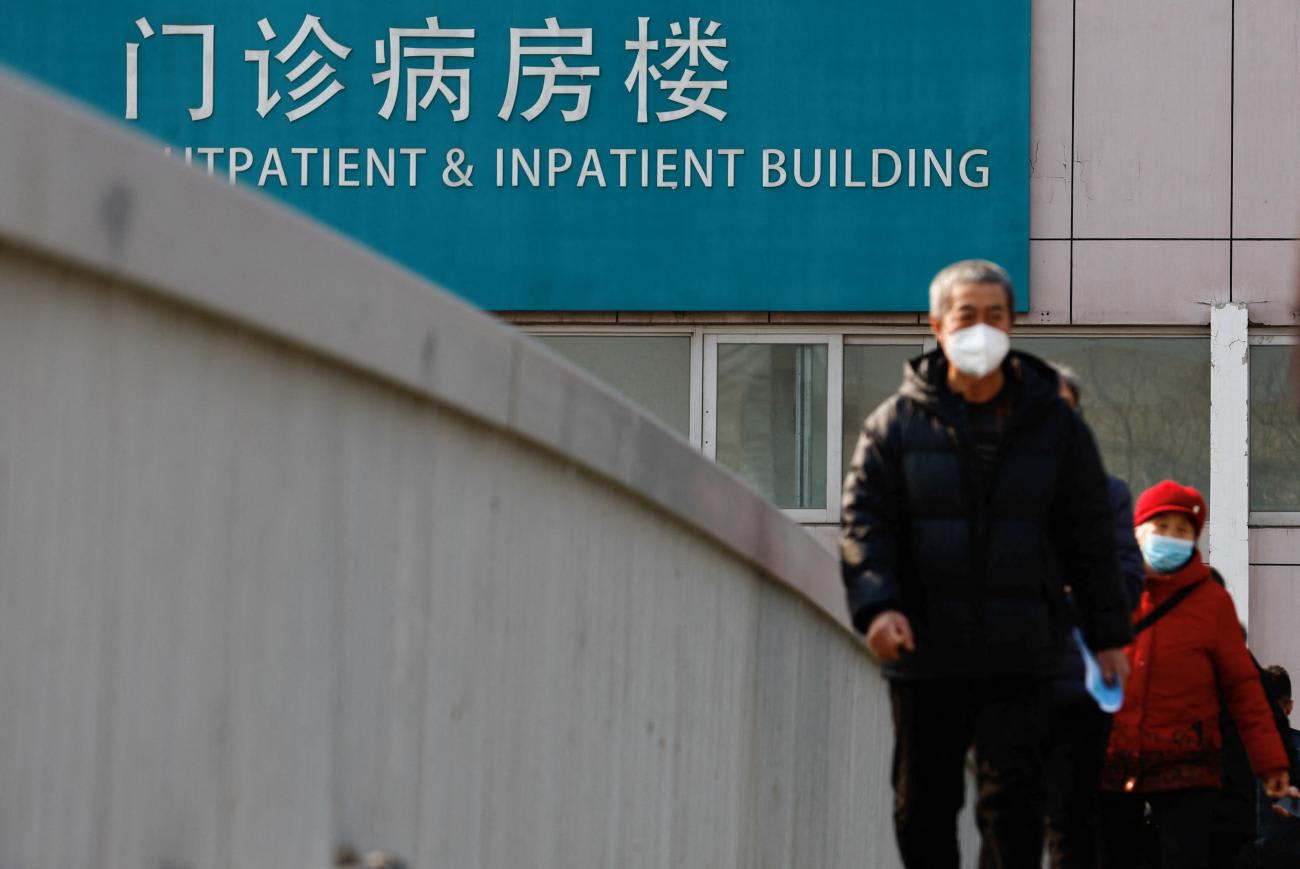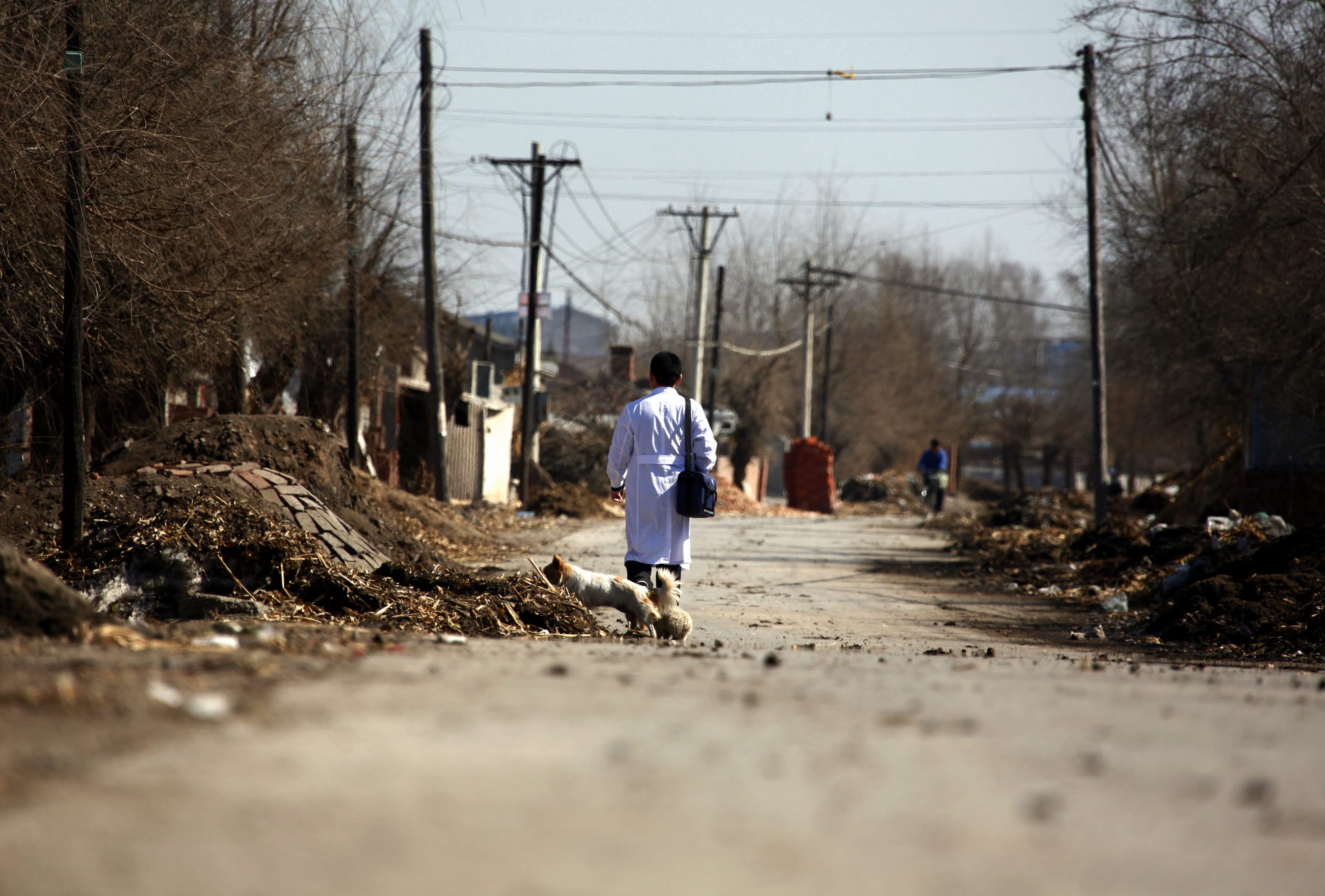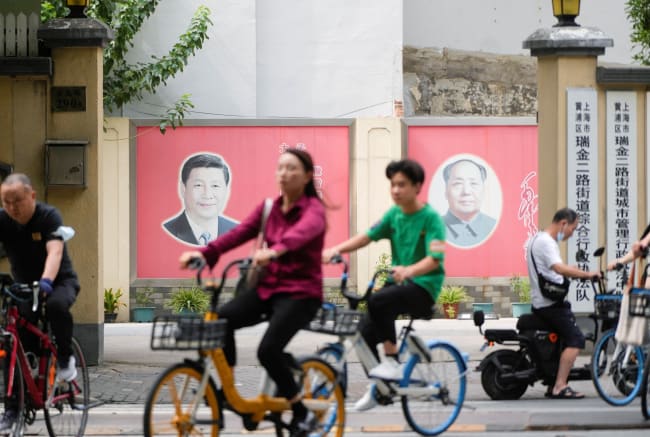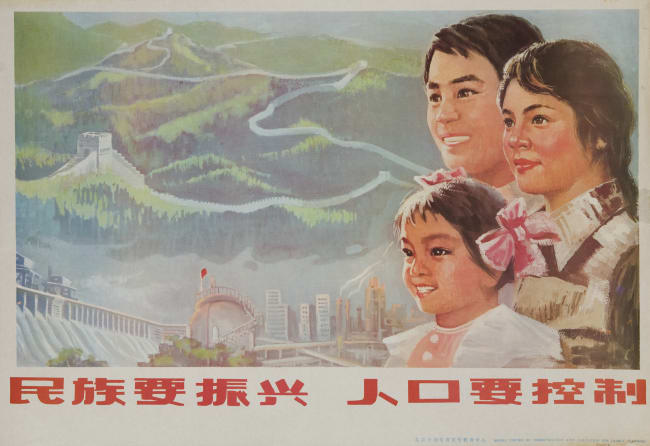Over the past two decades, China has made great strides in expanding its version of a welfare state, which involves moving away from an out-of-pocket model to improve health insurance coverage and reduce out-of-pocket expenses. Since 2019, however, signs have emerged of an impending crisis in the medical insurance system.
The number of residents subscribed to the Urban and Rural Resident Basic Medical Insurance (URRBMI) has consistently dropped. In 2022 alone, the insurance schemes lost 25 million subscribers. The continuous rise in premiums is believed to be a factor in subscriber withdrawal from URRBMI. From 2003 to 2023, individual out-of-pocket insurance premiums increased by 38 times, with an average annual growth rate of nearly 20%.
The disincentives to pay the premiums are exacerbated by the steady rise of health-care costs and the lack of benefits, leading many, especially younger and healthy family members, to cease subscribing to URRBMI. In the countryside, village leaders found it increasingly difficult to collect annual premiums from subscribers. By January 2024, more than seven provinces and dozens of cities within seven additional provinces had announced that they would provide extended opportunities for individuals to enroll in the program.
This in turn contributes to the fund experiencing a tighter balance. In 2021, the fund's balance rate was only 4.4%, and some provinces experienced fund deficits. A deficit in the medical insurance fund can lead to an inability to cover medical expenses for insured patients and an increased financial burden on the government. Persistent deficits may result in reduced benefits, increased contributions, and an unsustainable health-care system in the long term. In the first 11 months of 2023, the URRBMI fund experienced a deficit of 34 billion yuan ($4.7 billion).
From 2003 to 2023, individual out-of-pocket insurance premiums had an average annual growth rate of nearly 20%
Unlike URRBMI, the Urban Employee Basic Medical Insurance (UEBMI) schemes continue to maintain a substantial cumulative balance. In 2023, UEBMI had a cumulative balance of 501.5 billion yuan ($71 billion). The high balance rate (30.1%) nevertheless indicates a low efficiency in fund utilization: a balance rate of around 10% is considered relatively reasonable.
Experts believe this situation is unsustainable because rapid population aging and a shrinking labor force in China ultimately will render the pay-as-you-go employee health insurance incapable of meeting the growing medical service needs.
It is puzzling that thus far China's government has not demonstrated any commitment to invest in building a stronger and more equitable health insurance system. Top government advisors agree that a robust social safety net is essential to boosting domestic demand, which President Xi Jinping considers the "basic driver of China's economic development." In the past year, the government has ramped up economic stimulus to boost the sluggish economy.
These measures nevertheless do not involve directing investment toward the building of a social safety net, which some analysts consider "the most effective economic stimulus." Early this month, Premier Li Qiang, in his government work report, proposed that the per capita financial subsidy standard for URRBMI be increased by 30 yuan ($4.2), but this financial injection would be no different from the annual increases recorded since 2017.
The central government's reluctance to make substantial investments in the health-care sector, especially in URRBMI, can be attributed to various factors, including budget constraints and competing priorities. To be sure, the substantial enforcement of the zero-COVID policy from 2020 through 2022, combined with dwindling fiscal revenues amid economic downtowns, have strained the country's ability to finance health care and other policy priorities.

In 2022, official nonroutine expenses, including extensive medical isolation and testing, increased by 597.4 billion yuan ($86.9 billion) compared to 2019. Bai Chong-en, a renowned economist in China, estimated that three years of pandemic response directly caused a local deficit of approximately 4 trillion yuan ($566 billion). In the face of fiscal difficulties, local governments, which contribute to more than 85% of China's fiscal spending, do not have strong incentives to significantly increase funding on health care.
That said, funding is not the only issue. Leading health economists point to the importance of political will or "governance philosophy" in expanding China's health insurance system. Li Ling, a professor at Peking University, noted that China's health-care expenditure in 2022 amounted to 7 trillion yuan ($1 trillion). This amount should in theory enable China to build a national health insurance system like those in Taiwan or South Korea.
Instead, Beijing maintains a fragmented and stratified system with significant variation of benefits across social groups. Although URRBMI covers nearly 983 million people, mostly farmers, migrant workers, and children, UEBMI covers 362 million urban employees and retirees of state-owned enterprises, as well as the current employees of some private-sector businesses. Beneficiaries of URRBMI receive much lower benefits than those of UEBMI in terms of funding level, reimbursement ratio, and deductibles and caps. In 2023, even though URRBMI subscribers account for 73% of all those covered by basic medical insurance, they have access to only 39% of the funds for basic medical insurance. Among those who are age 60 and older, two-thirds—approximately 200 million people—are not eligible for UEBMI benefits.
Social and health policies are heavily skewed toward the urban, formal, and state sectors
This system reflects the nature of the Chinese state. As Carmelo Mesa-Lago observed in Social Security in Latin America (1978), social security in authoritarian states historically was biased toward economically and politically powerful, ideologically privileged, and functionally important social groups. According to sociologist Zsuzsa Ferge, this bias is exacerbated by the state-socialist welfare regime, under which the form, content, and level of benefits were determined by the party-state, thus rendering them "gifts" rather than "rights." As Li Ling remarked in a 2013 speech, "our cadres, especially senior cadres, enjoy free medical care. . . . It is precisely some of these people who are unwilling to extend free medical care to the common people."
In a system devoid of free elections, and where agriculture and rural areas have only a weak bureaucratic voice, farmers and migrant workers have minimal political clout and remain politically inactive at the national level. Consequently, social and health policies are heavily skewed toward the urban, formal, and state sectors, which are the loudest, best connected, and most articulate groups in Chinese society.
This bias is perpetuated by a political regime that places a high premium on maintaining stability. As Xian Huang highlighted in Social Protection under Authoritarianism (2020), autocratic leaders deliberately uphold a social welfare regime biased toward government officials and urban employees in the state sector and providing only limited social welfare to other urban dwellers and rural workers in the informal sector.
This is partly because a fragmented and stratified social welfare system hinders horizontal mobilization among societal groups that could pose a threat to regime stability and incentivizes the Chinese middle class to have an increasing stake in supporting the status quo. Looking forward, as economic growth slows and the burden of providing the necessary social services for the elderly mounts, the expansion of the Chinese welfare state is likely reaching its limits.













